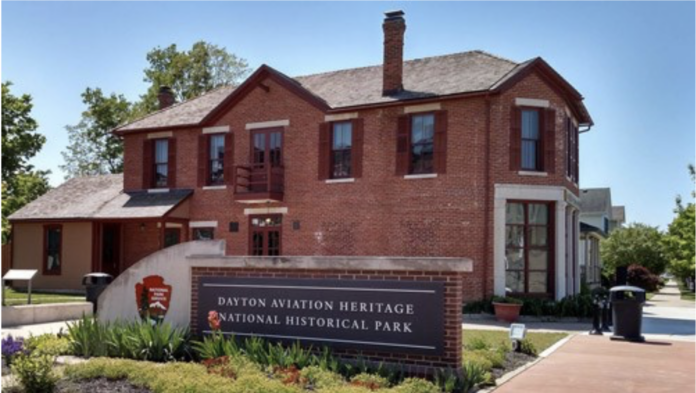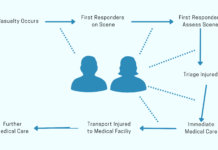Best known as the home of Paul Laurence Dunbar and Orville and Wilbur Wright, the Wright-Dunbar Village developed as a Dayton streetcar suburb in the half century following the civil war, and it was annexed to the city of Dayton in 1869. The area includes a residential neighborhood and the Wright Dunbar Business Village, also known as the West Third Street Historic District. In the late 1890’s, Wright-Dunbar became home to a diverse urban population, and workers came to work in Dayton factories and formed a tight community with a host of businesses, churches, and social organizations to meet their needs. The area emerged as the cultural and commercial center of Dayton’s African-American community. Wilbur and Orville lived in the area, in a modest, two-story Victorian frame dwelling that stood out due to its Victorian porch that wrapped around the front and one side of the house. Among the residential homes, are some commercial structures. At 907-915 West Fifth Street is one of the oldest African-American YMCA’s in the country. Through the efforts of several leaders in the community, including Captain Robert Mallory, Edward T. Banks, and Dr. Lloyd Cox, this facility opened on New Year’s Day, 1928.
This article focus’ on the rich history of the Wright-Dunbar neighborhood, and provides additional context to the villages early beginnings. Community members who are aware of the local history, as well as the design opportunity, have highlighted the importance of upholding the historical roots in a meaningful way. In order to create a space that fits in the local aesthetic and references historically signifiant community members, understanding the origins is essential for my design.




